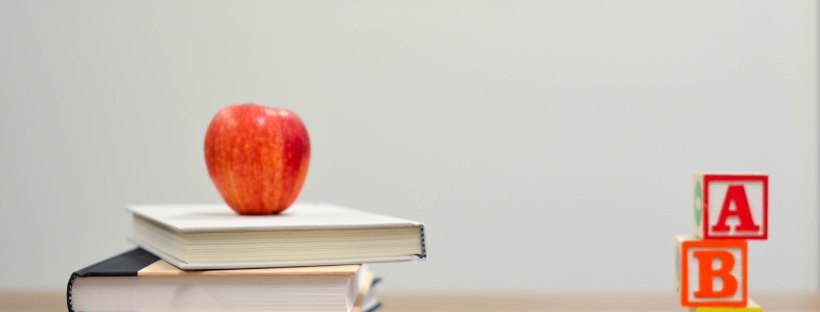For the first time, I created a very basic game in Scratch. For those unfamiliar with Scratch, it allows users to program their own interactive stories, games, and animations and share them with others (via links and online communities). A cool benefit to this experience is that no prior programming experience is needed to create games … Continue reading Creating a Game from Scratch
Tag: Reflection
GSTEP as an Instructional Design Project
The Design Document Over the last few weeks, I have been reading and exploring several examples of instructional design projects in preparation for a project I have to do. I have found each article or chapter to be informative; however, one chapter in particular has provided me with the foundational knowledge for this project. Piskurich … Continue reading GSTEP as an Instructional Design Project
Opening the World of Digital Badges
Summary of Webinar Open digital badges are the topic of this webinar. Open badges are essentially sharable digital badges that are embedded with metadata about skills and achievements. For example, badges can include descriptions, criteria, issuer, evidence, date issued standards, and tags. There are also a variety of different types of badges including membership, attendance/activity, … Continue reading Opening the World of Digital Badges
Universal Design for Learning (UDL)
Universal Design for Learning This week we were introduced to three instructional design models: Universal Design for Learning, Kolb’s Experiential Theory, and the 4C of ISD. I feel Universal Design for Learning (UDL) is a very relevant topic for today’s instructional designers and instructors due to the growing number of lawsuits against universities and institutions … Continue reading Universal Design for Learning (UDL)
Team Instructional Design Experience
Photo by rawpixel on Unsplash Morrison, Ross, & Kemp Model In about two weeks, I will be presenting my instructional design model in class. I decided to investigate the Morrison, Ross, and Kemp model. This model adapts a circular structure which contrasts other instructional design models that are linear in nature. This model also allows for flexibility since instructional designers … Continue reading Team Instructional Design Experience
Learning and Teaching as Communicative Actions
I honestly never realized the number of instructional design models out there! I’ve heard of several – ADDIE, backwards design, Dick and Carey, TPACK, SAM, etc. However, this is just the tip of the iceberg so to say. Just from our brainstorming session on the first day of class, we collectively identified 33 different instructional … Continue reading Learning and Teaching as Communicative Actions
Is there a social science?
Recently I was asked “Is there such a thing as social science?”. At first, I thought this was a silly question – of course there is a social science. There is clearly a natural science (e.g., physics, mathematics, biology, chemistry, etc.) and a social science (e.g., sociology, anthropology, psychology, history, etc.). At least that is … Continue reading Is there a social science?
The Whos and Whats of You
Who are you? What does it mean to be you? A few simple words, yet the answer is far from simple. Essentially these questions are related to one’s identity – the whos and whats of you. In the most basic sense, one’s identity is who you are, the way you think about yourself, the way … Continue reading The Whos and Whats of You
An Online Class Activity
Photo by rawpixel on Unsplash Last week during class, we spent about 45 minutes creating an activity that encourages critical thinking skills. We were randomly assigned to small groups of 3 people to help with communication since we were online. The activity had to be 20 minutes in length, have a theoretical background, have a … Continue reading An Online Class Activity
A Shift in Thinking
I never understood the importance of theory and philosophy. I am not stranger to it as I have taken a class or two on the topic. However, the importance of the topic was never stressed. As a master’s student, I focused on becoming an applied researcher/practitioner and did not realize how theory and philosophy fit … Continue reading A Shift in Thinking
